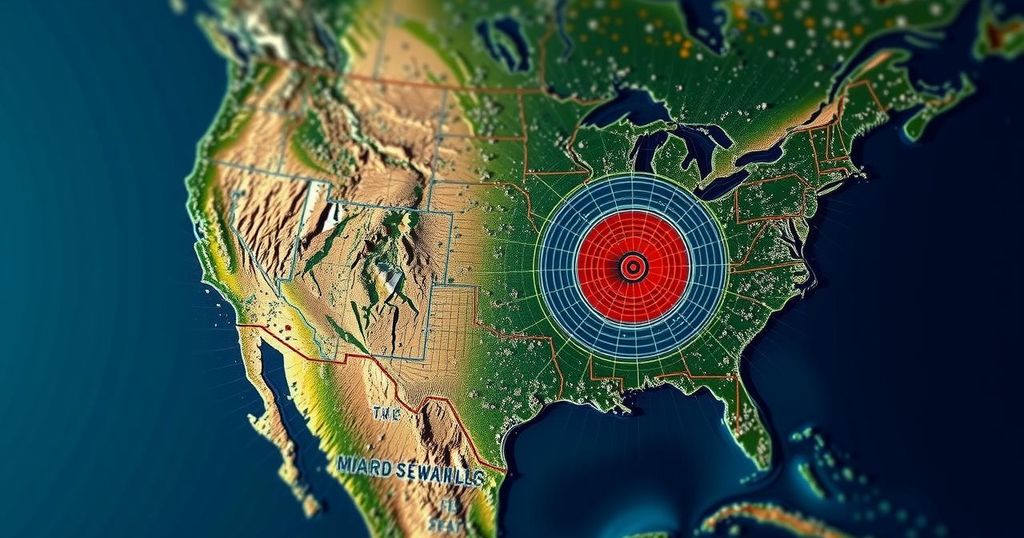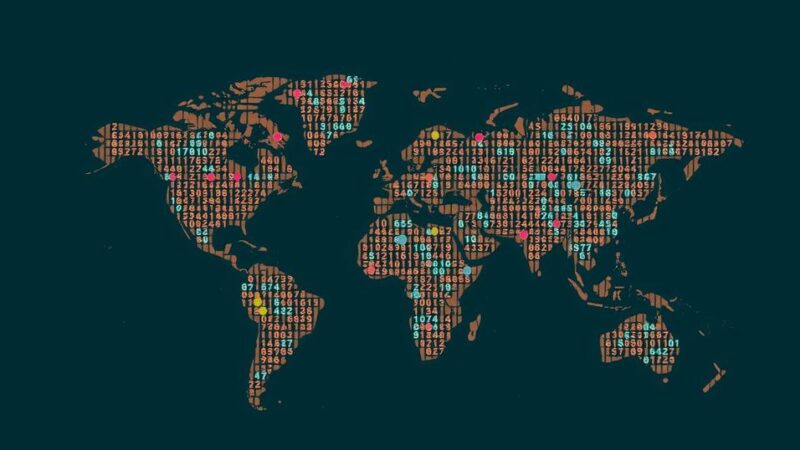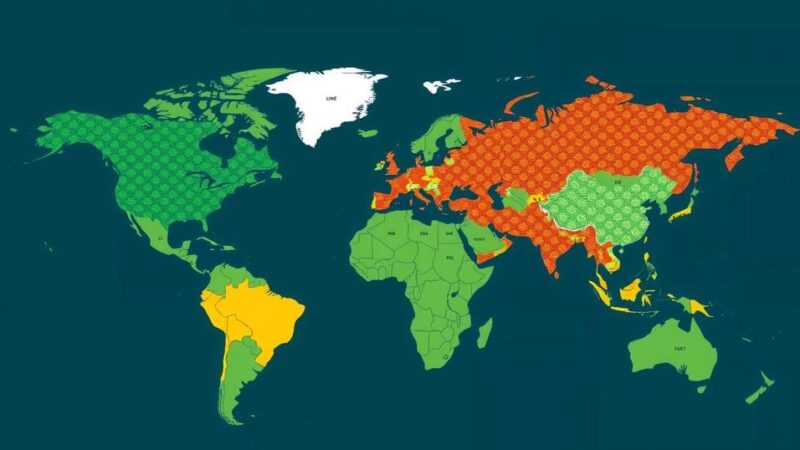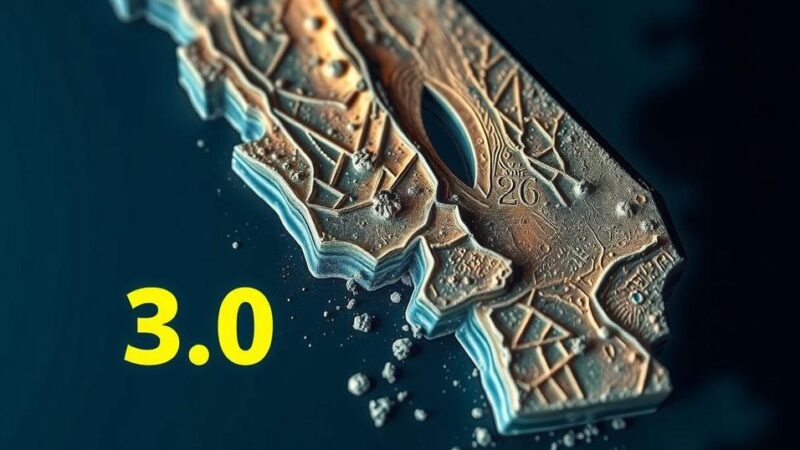On November 7, a 4.4-magnitude earthquake occurred in California, followed by tremors across Greece, Hawaii, Chile, and Missouri over several days. The USGS reported numerous seismic activities, indicating a heightened geological disturbance in various regions. This article details significant recent earthquakes, exploring their locations, magnitudes, and implications for public safety.
On November 7, a 4.4-magnitude earthquake struck California, specifically centered in Borrego Springs at a depth of approximately 9.8 kilometers (6 miles). Reports from the United States Geological Survey (USGS) noted that 257 individuals felt the tremor. This seismic activity closely followed a 4.4-magnitude earthquake in Greece that occurred two days earlier on November 5, centered in Chalandrítsa at a depth of 82.3 kilometers (51.1 miles). In the realm of seismic events, Hawaii experienced a 4.8-magnitude earthquake on the same day as the Greece incident, centered in Pāhala at a depth of 38.4 kilometers (23.9 miles). Prior to these events, California recorded a 3.3-magnitude earthquake in Anza on November 4 at a depth of 12.1 kilometers (7.5 miles). Additionally, on November 3, Chile experienced a series of earthquakes, including a notable 4.3-magnitude tremor centered in La Serena at a depth of 46.1 kilometers (28.65 miles). The seismic activity in Chile followed a 3.7-magnitude earthquake in Missouri, centered in Steele at a depth of 10.5 kilometers (6.5 miles), signaling an active geological period. Earlier, a significant 5.3-magnitude earthquake was reported in Greece on November 2, centered in Néa Poteídaia at a depth of 10 kilometers (6.2 miles). These incidents were all noted within four days of a 6.0-magnitude earthquake in Oregon on October 30, which had its epicenter in Windsor at a depth of 10 kilometers (6.2 miles). Multiple earthquakes emerged in California, including a series of 3.2-magnitude events leading up to the more powerful activities. On October 28, a 3.2-magnitude tremor struck Lompoc at a depth of -0.1 kilometers (0.06 miles), followed by a similar magnitude event shortly thereafter. The series culminated with a 4.1-magnitude earthquake in Petrolia on October 24, centered at a depth of 9.3 kilometers (5.8 miles) and another 3.6-magnitude tremor on October 21, centered off San Clemente Island. These occurrences underscore the earthquake-prone nature of both California and other global regions, revealing patterns of seismic activity that demand attention to geological monitoring.
Earthquakes are natural seismic events resulting from the Earth’s tectonic plates’ movement. Their occurrence can vary in magnitude and depth, affecting various regions based on geological factors. Earthquakes can cause significant disruptions, and monitoring agencies like the United States Geological Survey (USGS) work diligently to track and report these events for public safety. Understanding recent seismic activity patterns is essential for preparedness and risk mitigation.
The recent surge of seismic activity includes significant earthquakes across several regions, including California, Greece, Hawaii, and Chile, reflecting the unpredictable nature of geological events. Highlighting the interconnectedness of global seismic activity, these incidents underscore the importance of continuous monitoring and preparedness to mitigate the risks associated with earthquakes. The geological forces at play necessitate a proactive approach in understanding and responding to such events.
Original Source: q1019.iheart.com






